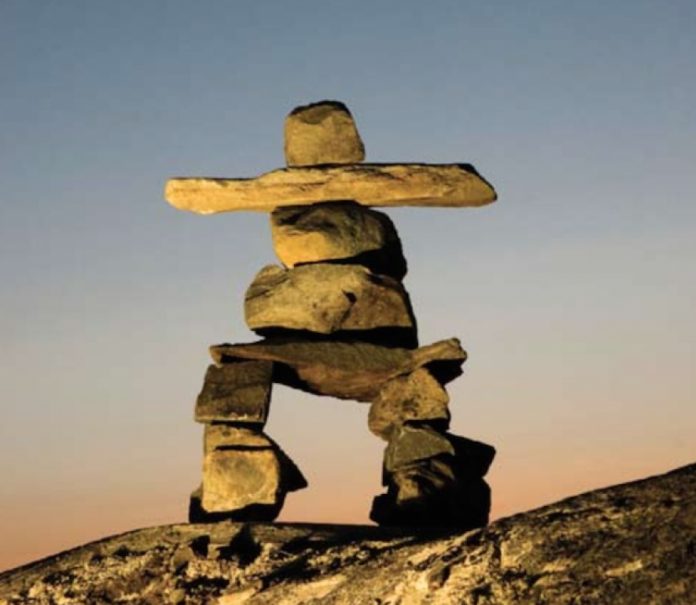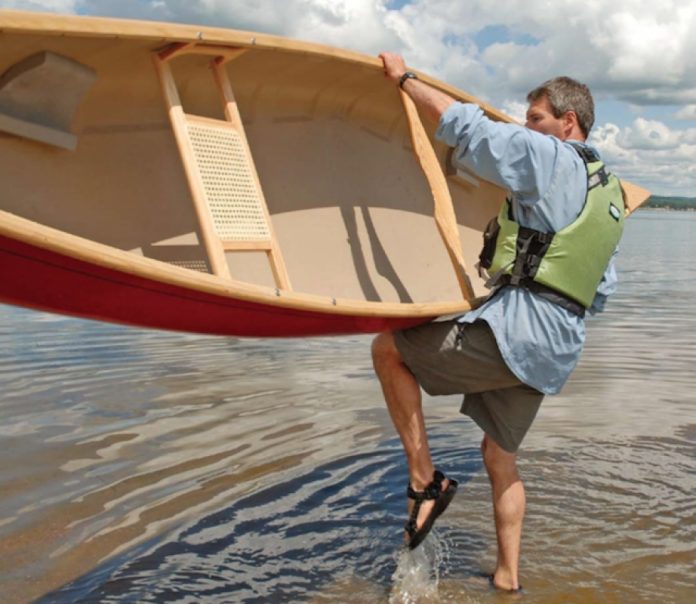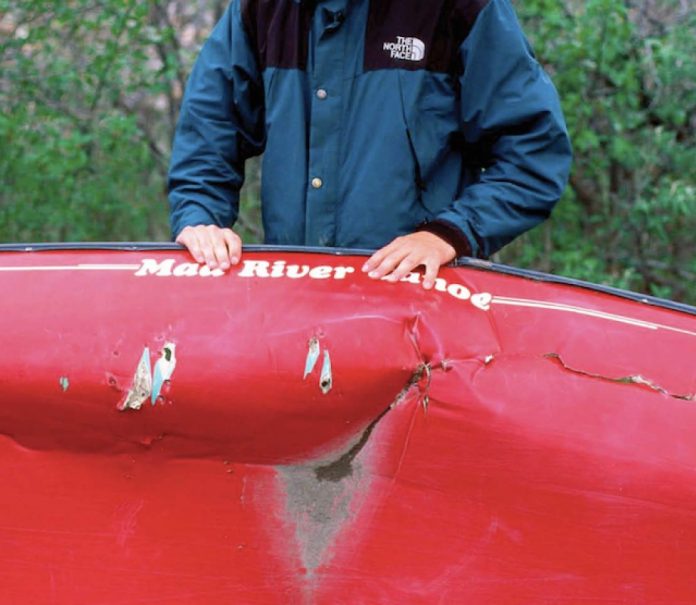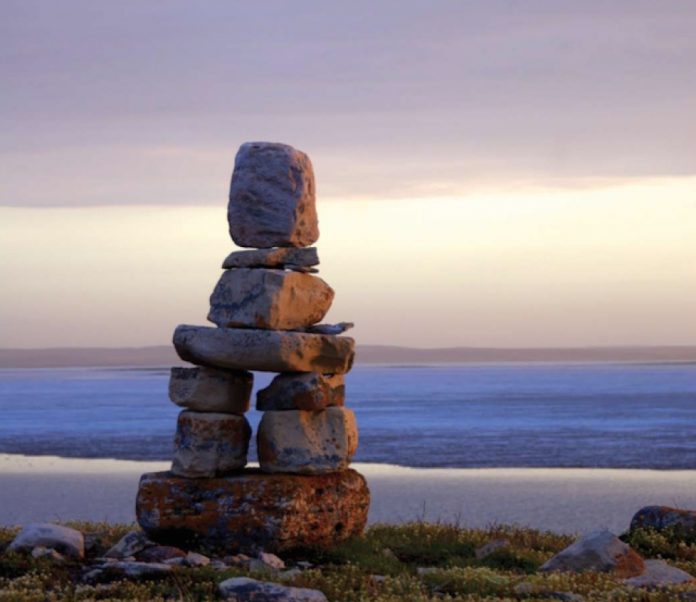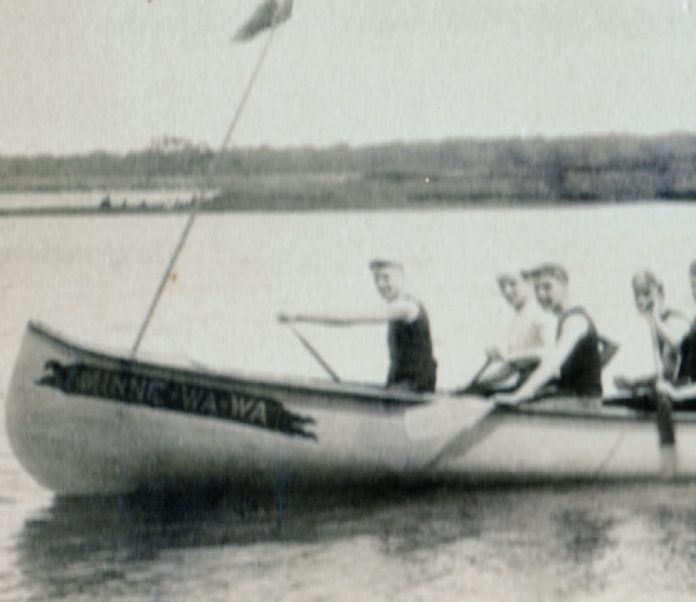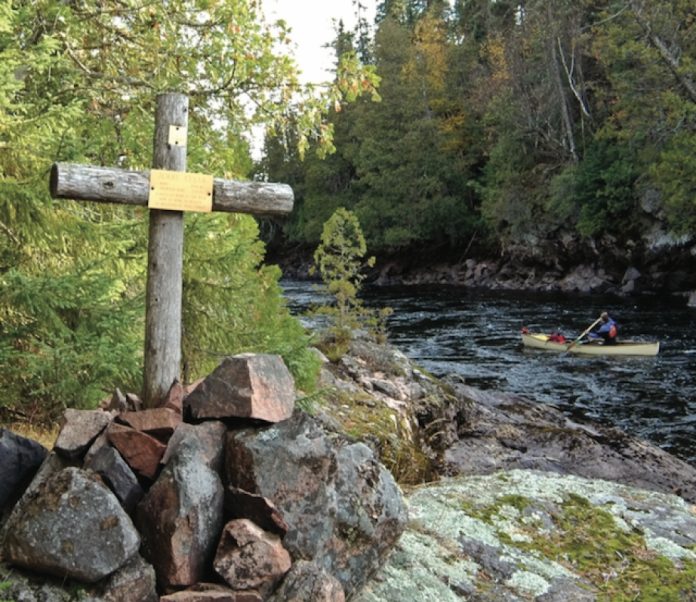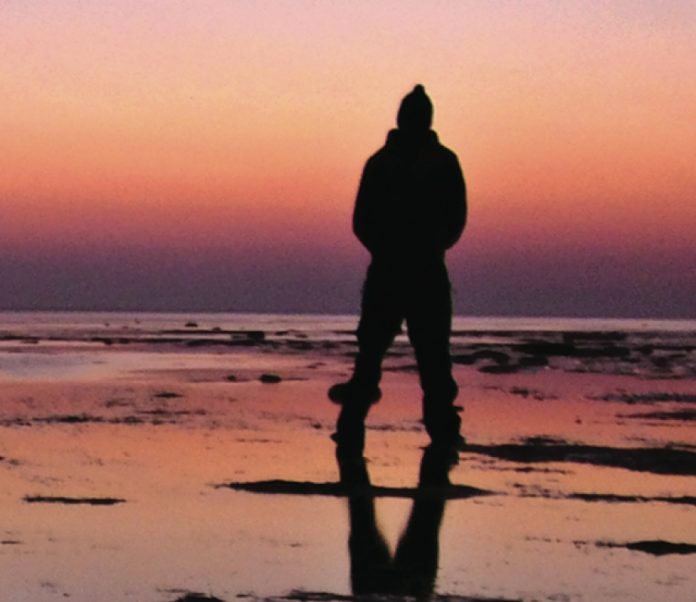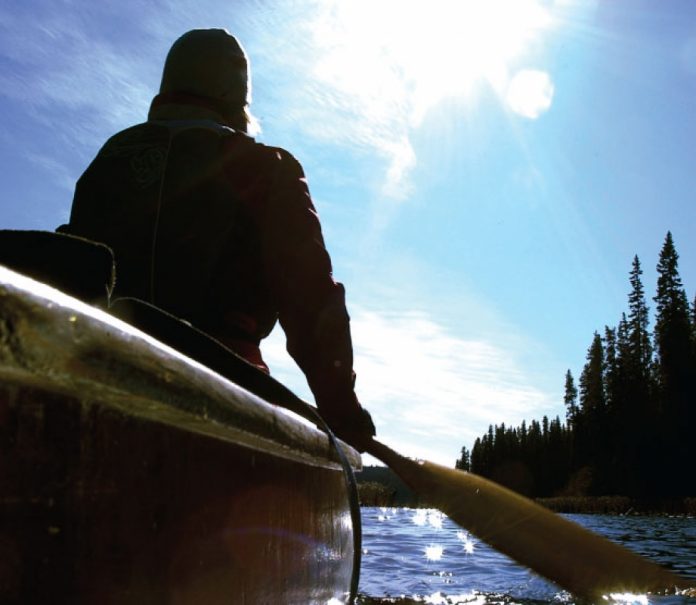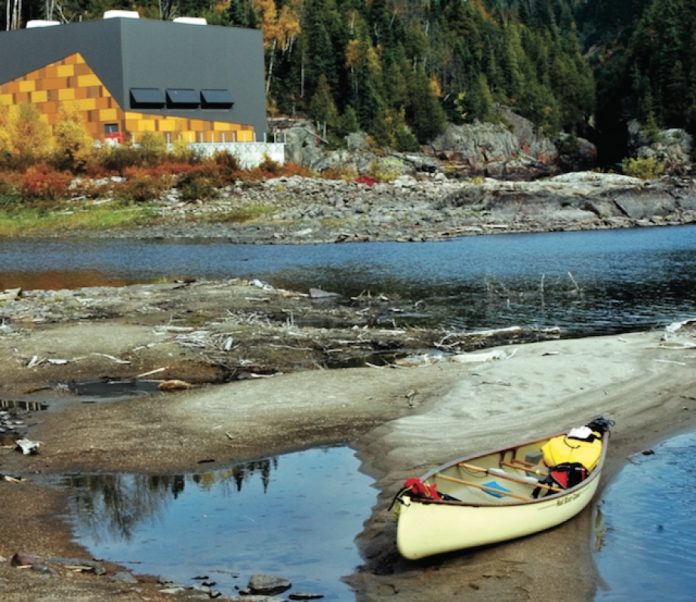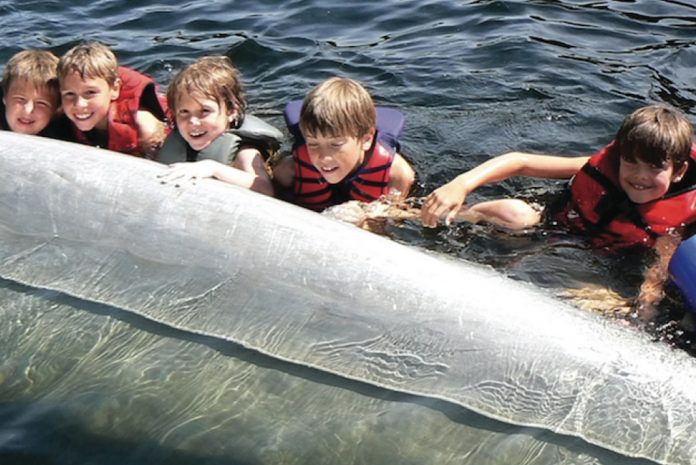- To pluralize the word inukshuk is a literary faux pas. Several of these stone figures are called inuksuit.
- There are two forms of inuksuit. A figure with arms is called an inunnguaq and translates to “likeness of a person” in the Inuit language. A figure without arms is called an inukshuk, meaning “function of a person”.
- An inunnguaq is pictured on the cover of Rush’s 1996 album Test for Echo. We’re not sure why.
- Inuksuit are used across the Arctic from Alaska to Greenland for communication and navigation. In this featureless landscape, they are akin to tree blazes.
- An inunnguaq’s arms may point in the direction of a navigable channel, a mountain pass or a migration route. An inukshuk can mark a food cache, a site with good fishing or a place where white children were bored.
- Inuit tradition forbids the destruction of inuksuit in their homeland. This tradition does not hold true for the hundreds of imposters along the Trans-Canada Highway and wilderness park trails. Killarney Provincial Park issued a notice in 2007 urging visitors to “stop the invasion” of inuksuit.
- In 1999, an inukshuk was chosen to grace the flag of Canada’s newest territory, Nunavut. The stone figure is also the 2010 Winter Olympics logo, in recognition of the inukshuk that watches over Vancouver’s English Bay.
- The world’s largest inukshuk is located in Schomberg, ontario. Nicknamed Little Joe, it stands over 11 metres high and is formed of 11 granite slabs totalling 82,000 kilograms.
- Inuksuit have come to symbolize cooperation and friendship. Each stone is chosen for how well it fits together with the other stones and the assembly is secured entirely through balance.
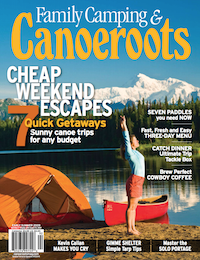 This article first appeared in the Early Summer 2009 issue of Canoeroots Magazine. For more great content, subscribe to Canoeroots’ print and digital editions here.
This article first appeared in the Early Summer 2009 issue of Canoeroots Magazine. For more great content, subscribe to Canoeroots’ print and digital editions here.



